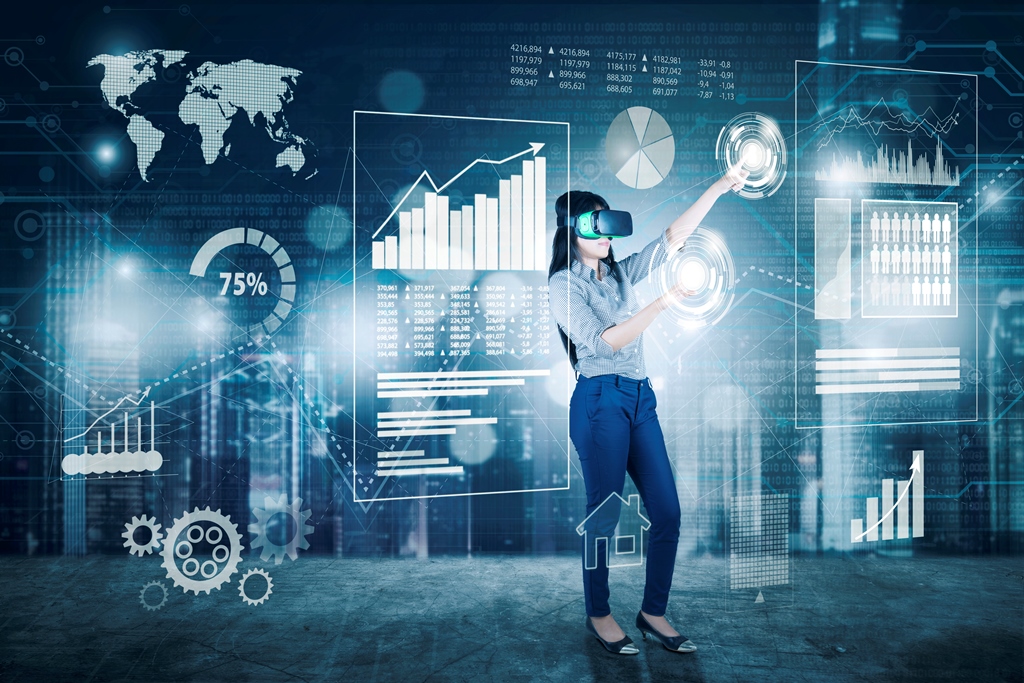Virtual Reality Technology has been evolving rapidly in recent years. And its applications have expanded to various industries. Including entertainment, education, healthcare, and more. One of the areas where virtual reality has had a significant impact is the events industry. In this article. We’ll explore the latest types of virtual reality technology being use in events.
Virtual Event Platforms
Virtual event platforms are one of the latest types of virtual reality technologies that have emerged in the events industry. These platforms enable event organizers to create fully immersive virtual environments that allow attendees to interact with each other and the content in real-time. Virtual event platforms use 3D modeling and rendering to create interactive and engaging virtual spaces that simulate the physical event experience.
Virtual Reality Headsets
Headsets are wearable devices that allow users to enter a fully immersive virtual environment. These headsets use advance tracking technology and sensors to detect and respond to user movement and input. Virtual reality headsets come in various shapes and sizes, including standalone headsets. Tethered headsets, and mobile VR headsets.
Haptic Feedback
Haptic feedback technology is a type of virtual reality technology that enables users to feel tactile sensations in a virtual environment. This technology uses vibrational or pressure feedback to simulate the sensation of touch. Adding a new dimension to the virtual experience. Haptic feedback technology can be integrated into virtual reality headsets. Gloves, or body suits, creating a fully immersive and sensory-rich experience.
Augmented Reality
Augmented reality (AR) technology overlays digital content onto the real world, creating a hybrid reality experience. AR technology can be use in events to enhance the physical environment by adding digital elements, such as 3D models, animations, and graphics. AR technology can be experienced through a smartphone or tablet device or through specialized AR glasses.
Mixed Reality
Mixed reality (MR) technology combines virtual reality and augmente reality to create a seamless and immersive experience. MR technology uses advanced sensors and cameras to detect and track the user’s environment, enabling the system to overlay digital content that interacts with the physical world. MR technology is particularly useful for events that require a high level of interactivity, such as trade shows, exhibitions, and product launches.
Immersive Audio
Immersive audio technology is a type of virtual reality technology that enhances the audio experience in a virtual environment. This technology creates a 360-degree sound field that simulates the experience of being in a real-world environment. Immersive audio can be experience through specialized headphones or speaker systems, creating a fully immersive and sensory-rich experience.
Interactive Experiences
Interactive experiences are virtual reality experiences that allow users to engage and interact with the content in real time. These experiences can include games, simulations, and interactive demos. Interactive experiences can be use in events to provide attendees with an engaging and memorable experience, increasing their level of engagement and participation.
Conclusion
Virtual reality technology has revolutionized the events industry, enabling event organizers to create immersive and engaging experiences for attendees. From virtual event platforms to haptic feedback and immersive audio, virtual reality technology has expanded the possibilities for event experiences.
As technology continues to evolve, we can expect even more innovative virtual reality technologies to emerge, creating new and exciting possibilities for the events industry.

